PPT-Forest Mushrooms! Josh Shields,
Author : conchita-marotz | Published Date : 2018-02-08
Forestry Assistance Program FAP at Manistee and MasonLake Conservation Districts Kama Ross FAP at Leelanau Grand Traverse and Benzie Conservation Districts
Presentation Embed Code
Download Presentation
Download Presentation The PPT/PDF document "Forest Mushrooms! Josh Shields," is the property of its rightful owner. Permission is granted to download and print the materials on this website for personal, non-commercial use only, and to display it on your personal computer provided you do not modify the materials and that you retain all copyright notices contained in the materials. By downloading content from our website, you accept the terms of this agreement.
Forest Mushrooms! Josh Shields,: Transcript
Download Rules Of Document
"Forest Mushrooms! Josh Shields,"The content belongs to its owner. You may download and print it for personal use, without modification, and keep all copyright notices. By downloading, you agree to these terms.
Related Documents

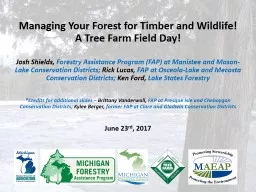
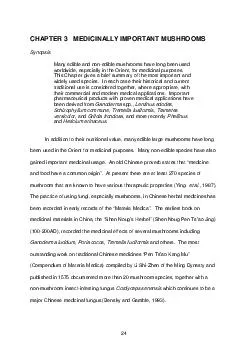
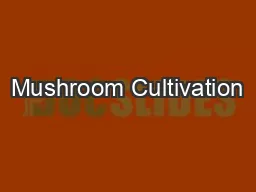
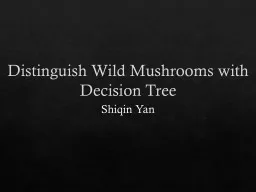





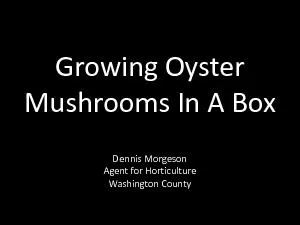
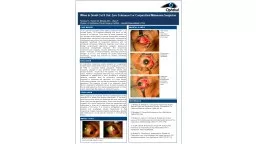

![[BEST]-The TAB Book of Arduino Projects: 36 Things to Make with Shields and Proto Shields](https://thumbs.docslides.com/979426/best-the-tab-book-of-arduino-projects-36-things-to-make-with-shields-and-proto-shields.jpg)
![[PDF]-The TAB Book of Arduino Projects: 36 Things to Make with Shields and Proto Shields](https://thumbs.docslides.com/988321/pdf-the-tab-book-of-arduino-projects-36-things-to-make-with-shields-and-proto-shields.jpg)